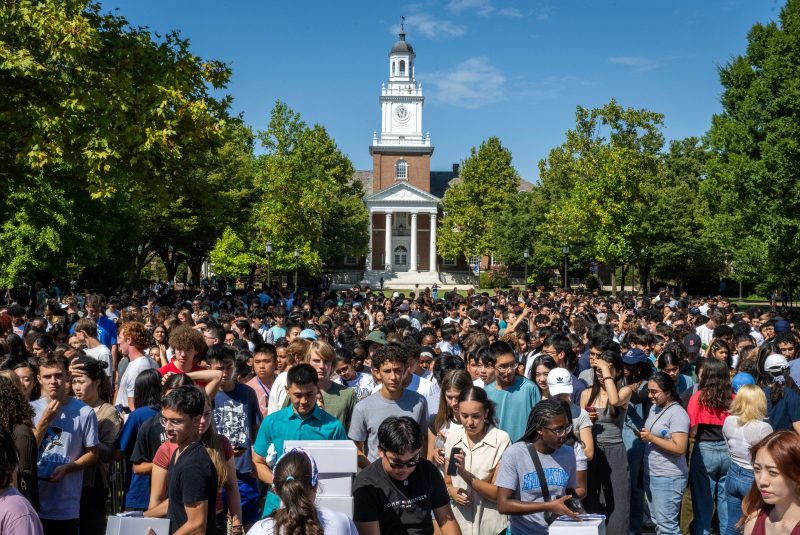In the early part of the 90s, a pivotal, unparalleled shift occurred in the higher education landscape. In 1993, a provocative warning was voiced about the potential dangers of colleges focusing excessively on diversity at the expense of educational quality and substance. As institutions continued to diversify their student bodies, faculties, and curricula, a fear coalesced that this might detract from core educational missions, dilute academic rigor, and place an undue emphasis on identity politics over intellectualism.
Stanley Fish, a literary theorist, legal scholar, author and public intellectual, was one of the first to voice these concerns in his famous Chronicle of Higher Education article, Boutique Multiculturalism, or Why Liberals Are Incapable of Thinking About Hate Speech. His argument honed in on what he perceived as dangers of adopting a myopic view of diversity that skirts substantive educational content.
Fish was wary of what he described as boutique multiculturalism, a term he coined to describe the brand of diversity that appears to value tokenistic representation and superficial inclusivity over genuine integration and equality. For him, colleges were delving too heavily into promoting and catering to a diverse student population, which might fracture the unity of thought and DISTRACT from the primary focus of imparting knowledge and fostering intellectual growth.
In his view, by attempting to cater to every culture, societal subset, and individual perspective, colleges were spreading themselves too thin and straying away from their central educational goals. Curriculum was, increasingly, governmental units, each vying for recognition and representation. This overemphasis on diversity might lead to what he considered a balkanization of academia where diversity took precedence over the foundational pillars of a robust learning environment.
Fish’s concerns certainly raised a contemporary debate about the role of diversity in academia. Critics were quick to argue that his concerns were somewhat misplaced and lacked an appreciation of the function of diversity. They emphasized that promoting diversity was not just about enhancing representation or fostering inclusive climates—it was also about confronting and addressing systemic barriers to access and success.
Consequently, creating diversified learning environments was seen as a way of enriching the educational experience, fostering critical thinking skills, and preparing students for an increasingly globalized world. Thus, while diversity was undeniably driving an evolution in the curriculum and approaches to teaching, they argued this was essential to meet the varying needs of an increasingly diverse student body.
Interestingly, Fish’s warning remains relevant nearly three decades later, making it more of a source of continuous debate. His cautionary tone still resonates with some educators who fear that the focus on diversity may, in certain contexts, eclipse the commitment to academic rigor and intellectual growth. On the other hand, there is a significant body of research suggesting that diversity and academic quality can and do coexist, and even enhance each other.
The discourse that Fish initiated in 1993 remains an essential part of contemporary educational policy-making discussions. Navigating the dialectic between diversity and scholastic standards is an ongoing balancing act that higher education institutions continue to grapple with. It serves as a timely reminder that while diversity is undeniably vital, it must be neatly wedded with the core academic mission to maximize its potential and minimize any potential oversights.
